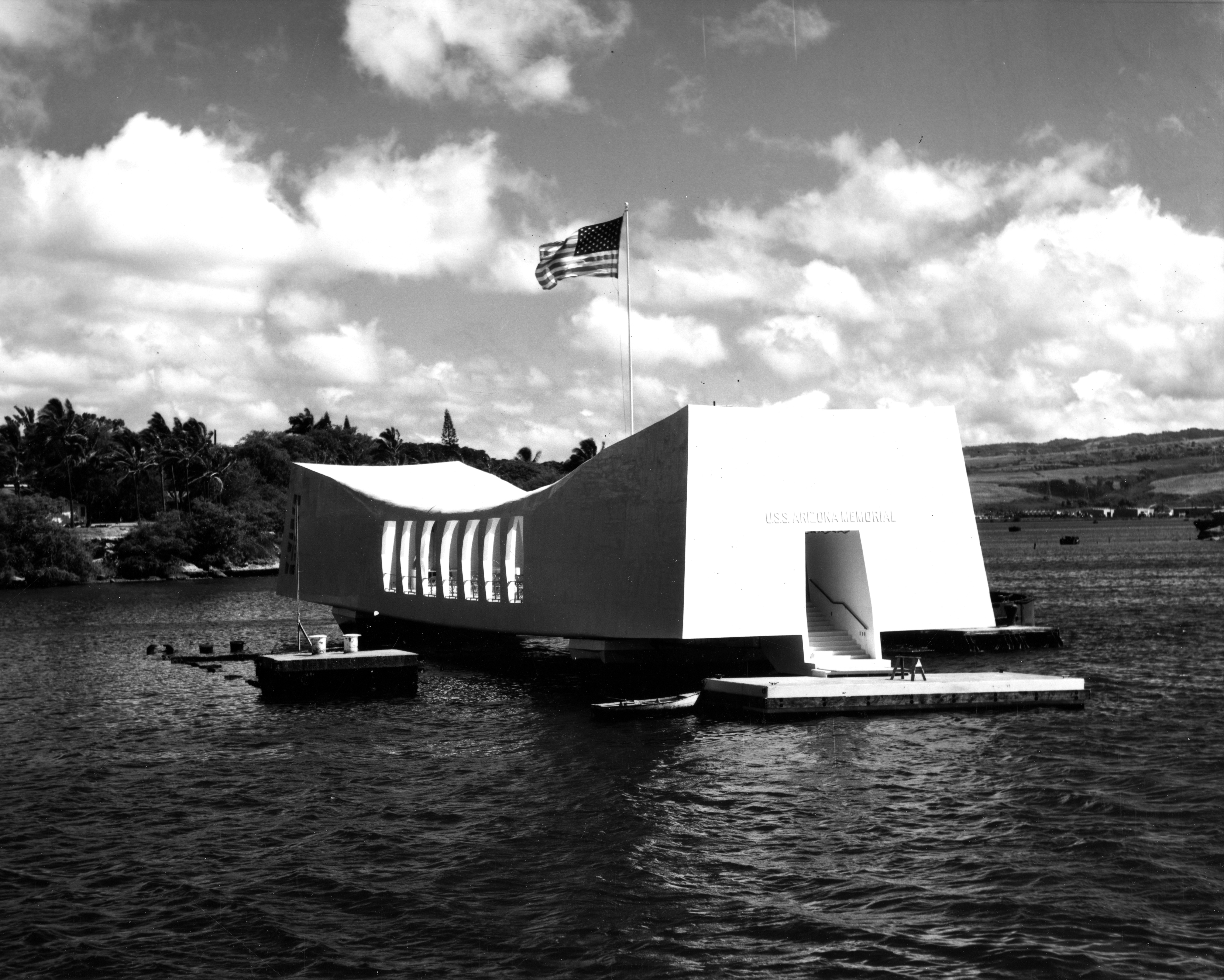Since Japanese aircraft sank the USS Arizona during the Dec. 7, 1941, surprise attack on Pearl Harbor, the battleship has remained in place under water, the watery gravesite to more than 900 sailors entombed within.
“As with remains on other sunken ships, the Navy considers those aboard the Arizona to be in their final resting place,” reports the Associated Press.
The battleship suffered more loss of life than any American ship during the attack, its 1,177 dead comprising nearly half the 2,403 killed at Pearl Harbor. Two hundred and seventy-seven of those sailors and Marines are buried in Honolulu’s National Memorial of the Pacific; the identity of 85 of those men remain unknown.
Among those men is William Edward Mann, an enlisted sailor presumed dead for nearly 80 years. His niece,Teri Mann Whyatt, along with other families of crew members, are now demanding that the U.S. military make every necessary effort to identity those 85 men using similar DNA technology that has identified remains from other Pearl Harbor battleships.
“These men matter and they served. They gave their lives for our country. And they deserve the same honor and respect as any other service member past, present and future,” Whyatt told the AP.
The issue was raised this past February when Kelly McKeague, the director of the Defense POW/MIA Accounting Agency, was asked during a Facebook Live meeting when the agency would disinter them.
McKeague stated that it didn’t make “pragmatic sense” to identify them.
Rear Adm. Darius Banaji, the agency’s deputy director, also reported that the Navy has no plans to disinter the remains and try to identify them because there is insufficient documentation.
Unlike the USS Oklahoma, where 388 previously unidentified sailors and Marines were disinterred from that same cemetery and identified in 2015, Banaji told the AP that the military has files on just half of those missing from the Arizona.
That number is once again halved when it comes to medical records. The Navy has the dental records for only 130 men who were aboard the Arizona. Some documents are believed to have been destroyed with the battleship. Others may have been lost in a 1973 fire at a military personnel records office, according to the AP.
In 2015 the Pentagon drafted a new policy that allows for the disinterment of groups of unknown servicemen if it expects to identify at least 60 percent of the group. For the USS Oklahoma, the military has more than 80 percent of DNA samples from family members to help with the identification process. It possesses just 1 percent for the missing Arizona crew members.
Despite this, Randy Stratton, whose father was a survivor of the Arizona, has pushed for the Defense POW/MIA Accounting Agency to change its currently policy.
“He’s vowed to help families submit DNA samples. He’s also been pushing for the agency to use genetic genealogy techniques like those used by law enforcement to solve cold cases,” writes the AP.
Roughly 30 to 40 families of Arizona unknowns have now joined him.
“Why wouldn’t you want to find out who these guys are?” Stratton said.





